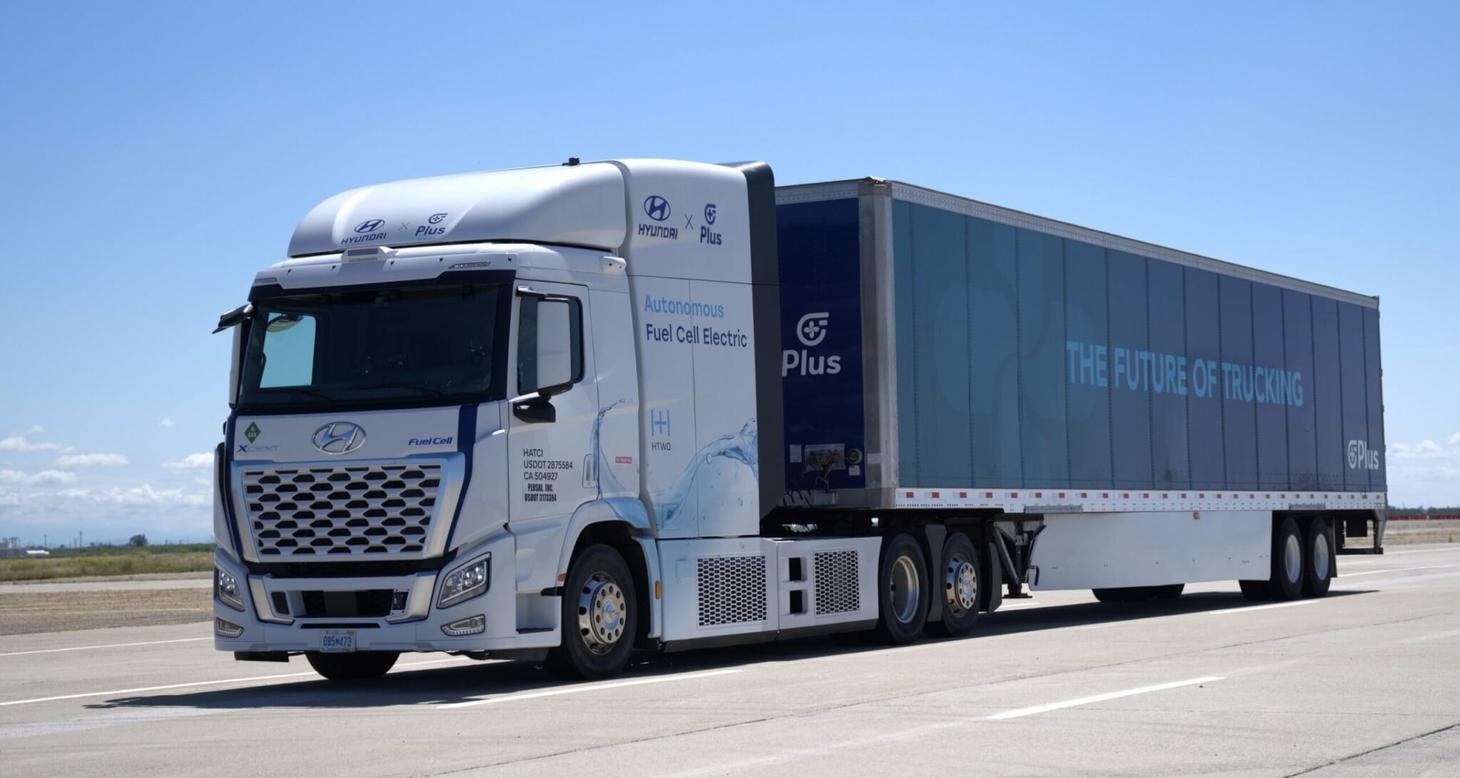Hydrogen Hype Hits Austria, Here’s How

OMV, Austria’s state-owned energy and chemicals company, has launched a 10MW green hydrogen production facility at its Schwechat refinery near Vienna. While the largest of its kind in Austria, the plant is modest in scale compared to global projects.
The €25 million facility has the capacity to generate up to 1,500 tonnes of green hydrogen annually, equating to around 4 tonnes per day. The PEM electrolyser powering the plant runs on wind, hydro, and solar energy, ensuring a fully renewable hydrogen supply.
OMV, which has committed to achieving Net Zero by 2050, confirmed that the plant is certified for producing renewable fuels of non-biological origin (RFNBO). The green hydrogen will be used to manufacture sustainable aviation fuels and renewable diesel (hydrotreated vegetable oil), while also helping to decarbonise operations at the Schwechat site.
This marks a significant step in Austria’s transition toward clean energy, though scaling production further will be key to meeting long-term climate goals.
Martijn van Koten, OMV Board Member Fuels & Feedstock and Chemicals, said,“By building robust local production and supply chains for green hydrogen in Europe, OMV is not only advancing climate goals but also safeguarding industrial progress. The expertise gained from this initiative will act as a springboard.”
OMV’s 10MW green hydrogen production plant at the Schwechat refinery marks a significant step in Austria’s hydrogen transition. While the facility itself is modest in scale, its impact on the wider hydrogen economy could be substantial.
Boosting Hydrogen Supply for Industry
The plant’s 1,500-tonne annual output will primarily support sustainable aviation fuels and renewable diesel, helping to decarbonise transport. This aligns with broader European efforts to scale hydrogen production for industrial applications, including steel manufacturing and chemical processing.
Strengthening Hydrogen Infrastructure
OMV’s investment signals growing momentum in hydrogen infrastructure development. As more electrolysis plants come online, the cost of green hydrogen could decrease, making it more competitive with fossil fuels. Additionally, the plant’s certification for RFNBO production ensures compliance with EU sustainability standards, which could encourage further investment in hydrogen projects.
Supporting Grid Stability and Energy Storage
Green hydrogen can play a key role in balancing electricity grids by storing excess renewable energy. As Austria expands its wind, hydro, and solar capacity, hydrogen production could help stabilise energy supply, reducing reliance on natural gas imports.
While this project is a positive step, experts emphasise that scaling production and expanding hydrogen transport networks will be crucial for long-term viability.

